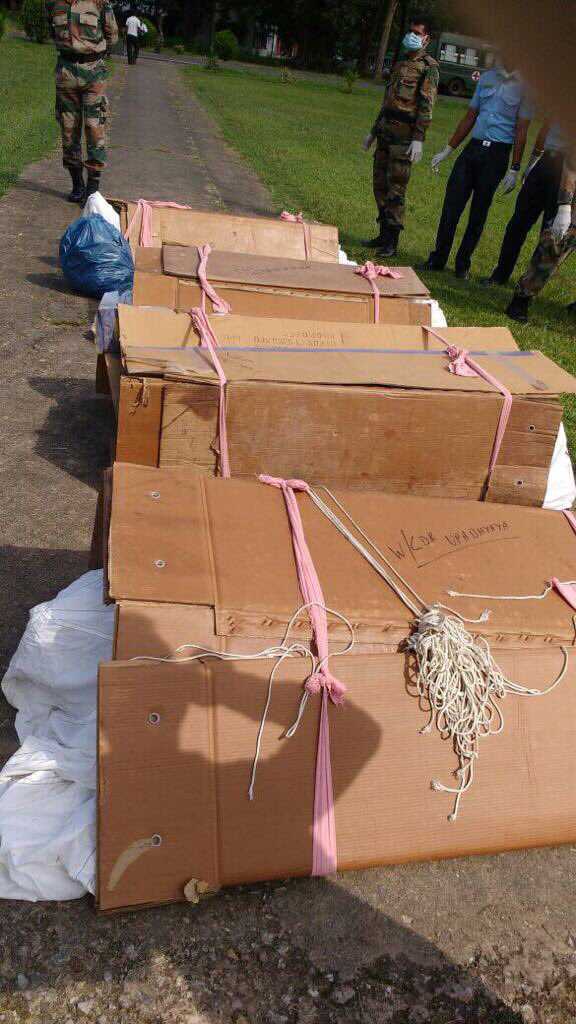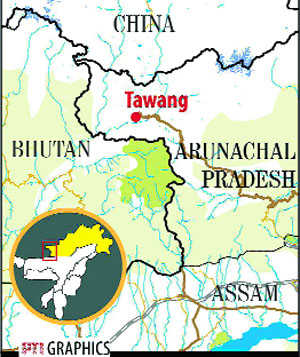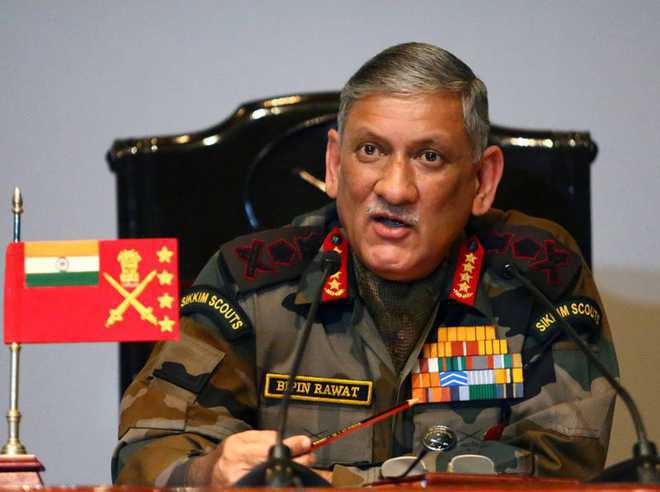
Whenever the security forces led by the Indian Army create a position of dominance in Jammu and Kashmir and have the terrorists on the run, there is a flurry of so-called fidayeen action by the terrorists under the direction of their proxy masters across the Line of Control. Each time this happens the wheel is reinvented in the public mind, the media and the establishment, questioning the inability of the forces to prevent these intrusions into their camps, which often result in heavy casualties. We had Uri, with almost 20 soldiers killed at a base where they were meant to be safe. It happened in Pathankot and Nagrota, which are some distance from the border. Recently, we had the Pulwama camp incident and just a few days ago the attack on the 184 BSF camp at Humhuma in Srinagar. The security forces are trained to secure themselves, and the repeated ability of terror groups to gain entry into their camps is being questioned, quite justifiably. How valid is this criticism?
The term “fidayeen” is borrowed from the Palestinian conflict. It gives much respect to the individual who decides to sacrifice his life for the cause of his community or nation. No such respect is intended here for such enemies of the state and the term is used purely for convenience. The Indian Army has faced insurgencies in the Northeast for decades and had a difficult experience in Sri Lanka in the late 1980s. It suffered ambushes and had direct contacts with militants or terrorists, but there were hardly any cases of intrusions into its camps. The organised and focused attacks by a few well-armed and logistically-equipped terrorists willing either to blow themselves up with strap-on improvised explosive devices (IEDs) or to fight until death, is something that the Palestinians created and showcased to the world. In our context, I remember being hit with such tactics in the form of a campaign for the first time only in 1999, in the Valley, and a little later in the Jammu region. Pakistan and its proxies used this to try to recover lost space and did initially put the Indian Army and other security forces on the defensive. It was around the aftermath of Kargil, where Pakistan also made a sham of attempting to project that those involved in the operations at the heights were actually local “mujahideen”. Initially, the target of fidayeen action were primarily military camps of a smaller size. Intrusions were by a varying number of fidayeen, from just two to almost 10-15. The concept was quite ingenuous. The targets were mapped with the assistance of inside sources, who are aplenty. The disguise was invariably that of soldiers or policemen. Thereafter, there was the employment of a ruse to divert attention with a dash by a few terrorists into the innards of the camp even through the gates, to merge with soldiers and systematically attempt to eliminate as many as possible. In a rare case, at a place called Chak Nutnus, near Handwara, a very well-coordinated and extremely daring intrusion, bordering on being a virtual raid, killed an officer and a number of jawans and even made away with a medium machine-gun. It was suspected the intruders were led by a Pakistani SSG regular officer who infiltrated and established a strong terror grid in North Kashmir.
In one of their very daring improvisations, two terrorists did make an attempt to join the tail end of an Army patrol returning to base in the early hours. Alert troops doing counting drill discovered the ploy in time. Thus, no attempt at the execution of a fidayeen action is without deep thought at deception, ingenuity to prevent detection and capability to fight till the end with intent to cause destruction and casualties out of proportion with that employed.
From the vicinity of LoC to camps in the interior, to large headquarters and ultimately institutions of significance, fidayeen attempts force a “fortress mentality” on the forces. That is the intent of the adversary — to compel us into a defensive mentality, make soldiers jumpy and get larger deployment to secure camps and institutions. The attack on the J&K Assembly and on India’s Parliament; and the series of attacks on the Badami Bagh cantonment’s entry gate in Srinagar were designed with this in mind. To the credit of the security forces, they didn’t become defensive, and found answers through better drills, intelligence and sheer grit. Yet, it may not be possible to always prevent an intrusion as every inch of the perimeter of camps and institutions cannot have physical deployment. Besides, the securitymen can’t remain rooted to their camps. There must be a balance between defensive deployment and proactive domination operations. The forces are on operational duty 24×7, and limits of human stamina force the necessity of organised rest. Terrorists keep the camps under inter-clandestine surveillance to find weaknesses and attempt to exploit chinks in security or moments when the troops are excessively fatigued.
For the security forces, it’s a battle of wits. There can be no justification for any force being unable to prevent intrusions. If an intrusion does take place due to the success of a terrorist ruse or simply laxity of perimeter defences, the next step is to ensure earliest elimination of the intruders before any major harm can be caused. That requires a strong response system with well-trained troops and suitable equipment to neutralise the intruders before excessive harm is caused.
Most fidayeen attempts are made by foreign terrorists dependent on a network of local over-ground workers. Organisations which have control over over-ground workers’ activity succeed in preventing fidayeen action with early intelligence and stronger defensive measures after warnings are issued. The sheer numbers of potential targets gives scope for terror groups to pick and choose. The smaller the quantum of terrorists, the greater the chances of success for them. We have rarely seen suicide bombers in J&K. The fidayeen action there involve suicide attackers who are willing to fight to the last.
While the expectations from the forces are high and they have invariably delivered each time, the situation has slipped a few notches due to the machinations of our adversaries, infallibility in such irregular conflict conditions is something nobody can ever guarantee. Just like in the field of infiltration there can never be a zero-infiltration environment, there can be no such guarantee against the wily fidayeen ready to sacrifice his life and cause maximum harm to the security forces or other government institutions. That understanding doesn’t give leeway to the forces and its hierarchies to underperform. Every lapse must be judged on its merits and counter-measures initiated. It is, however, important for the public, the media and other stakeholders to understand the challenges that our men in the field face and to show empathy towards them.
































































 AFP
AFP























































